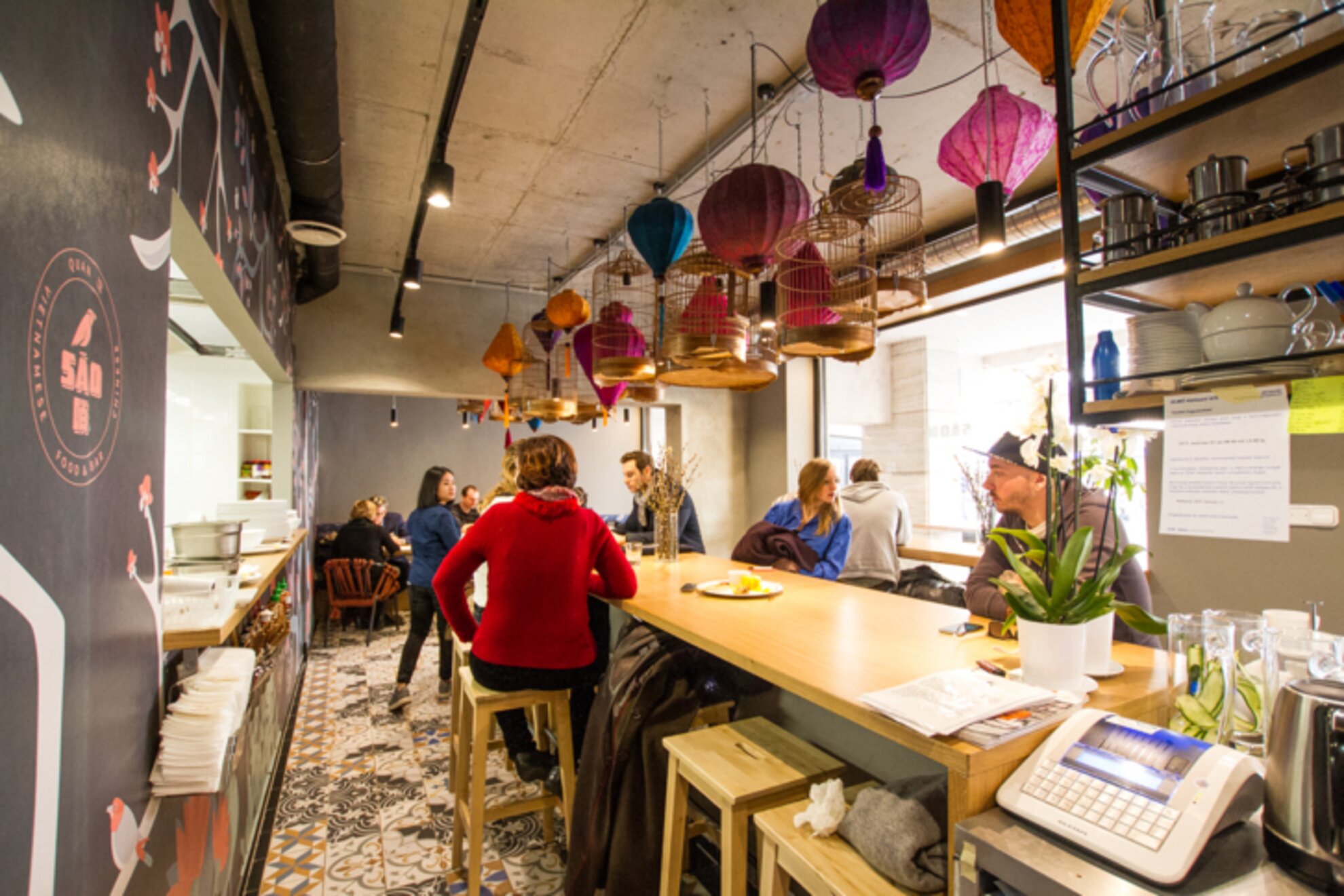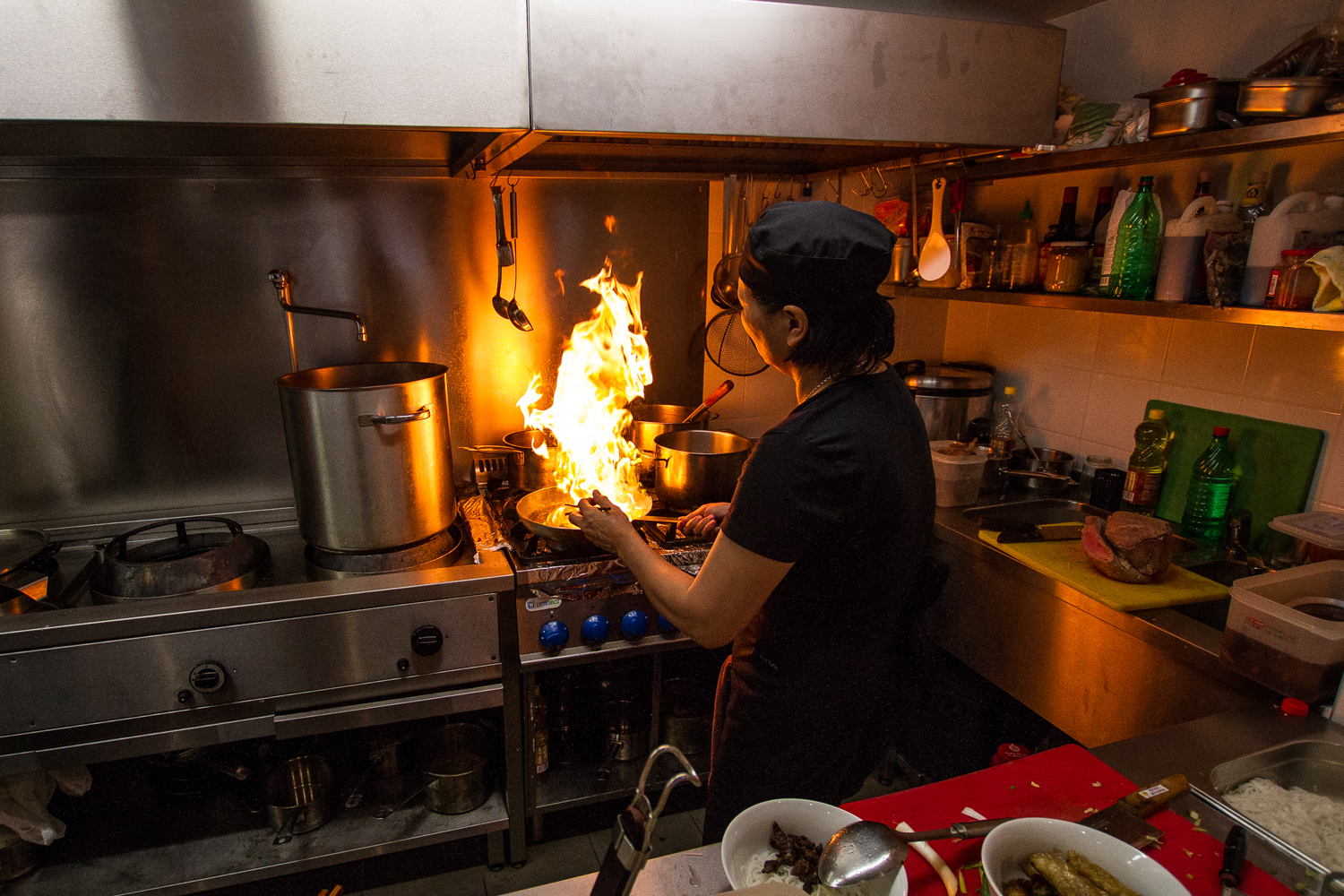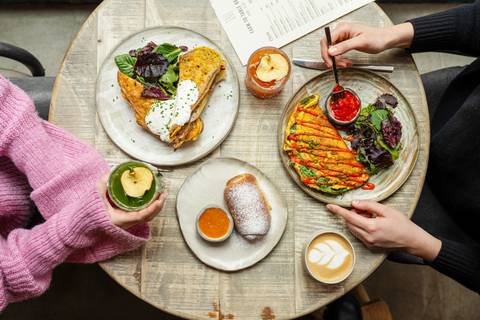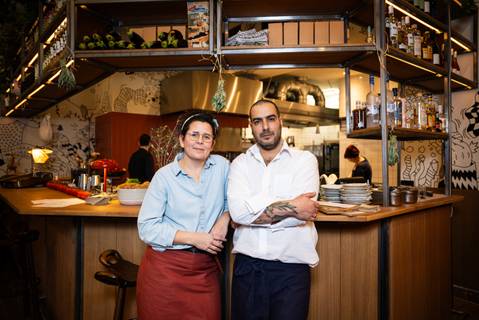By now, no one is surprised when a new place opens in downtown Pest's Gozsdu Udvar, so we were not astonished when we first heard of a hip new restaurant called Sáo哨, but we were curious what novelties this Vietnamese-Chinese eatery would offer in the heart of the city’s party district. This place is the creation of three good friends, including well-known fashion designer Anh Tuan. Join us for lunch...
A new player joined Gozsdu Udvar’s gastro game: this time, a Chinese-Vietnamese restaurant opened over near Léhűtő, next to Hummus Market. Interestingly, a low-key Asian restaurant operated here previously, but we can confidently say that this change is beneficial for everyone.
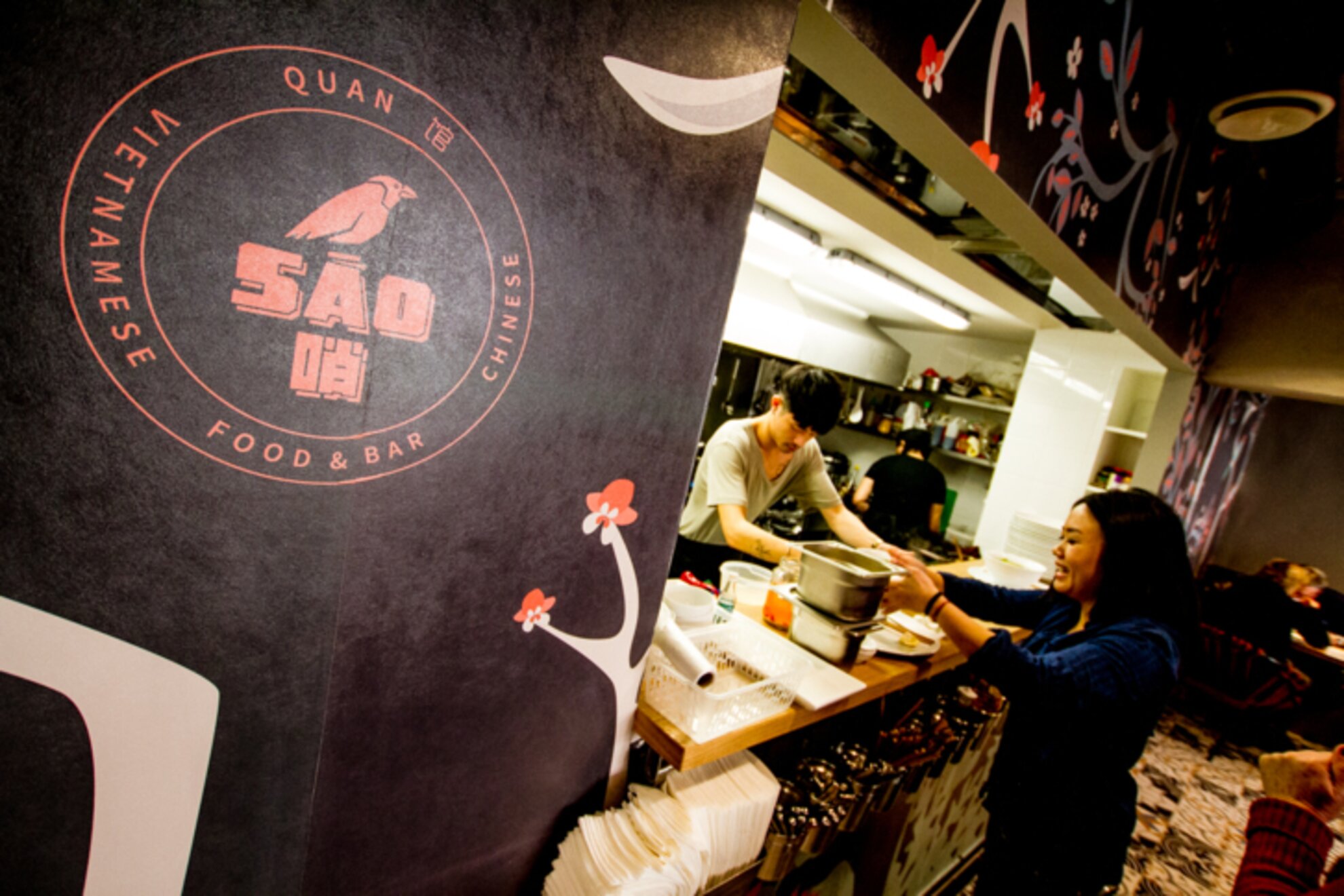
The place is small but cleverly furnished to bring out the most of it – provided, of course, that one can find it, which is not necessarily an easy task considering the eatery's tasteful frontage lacks huge boards and lighting effects. We walked past the restaurant two times, but upon finding it we immediately appreciated its understated appearance.
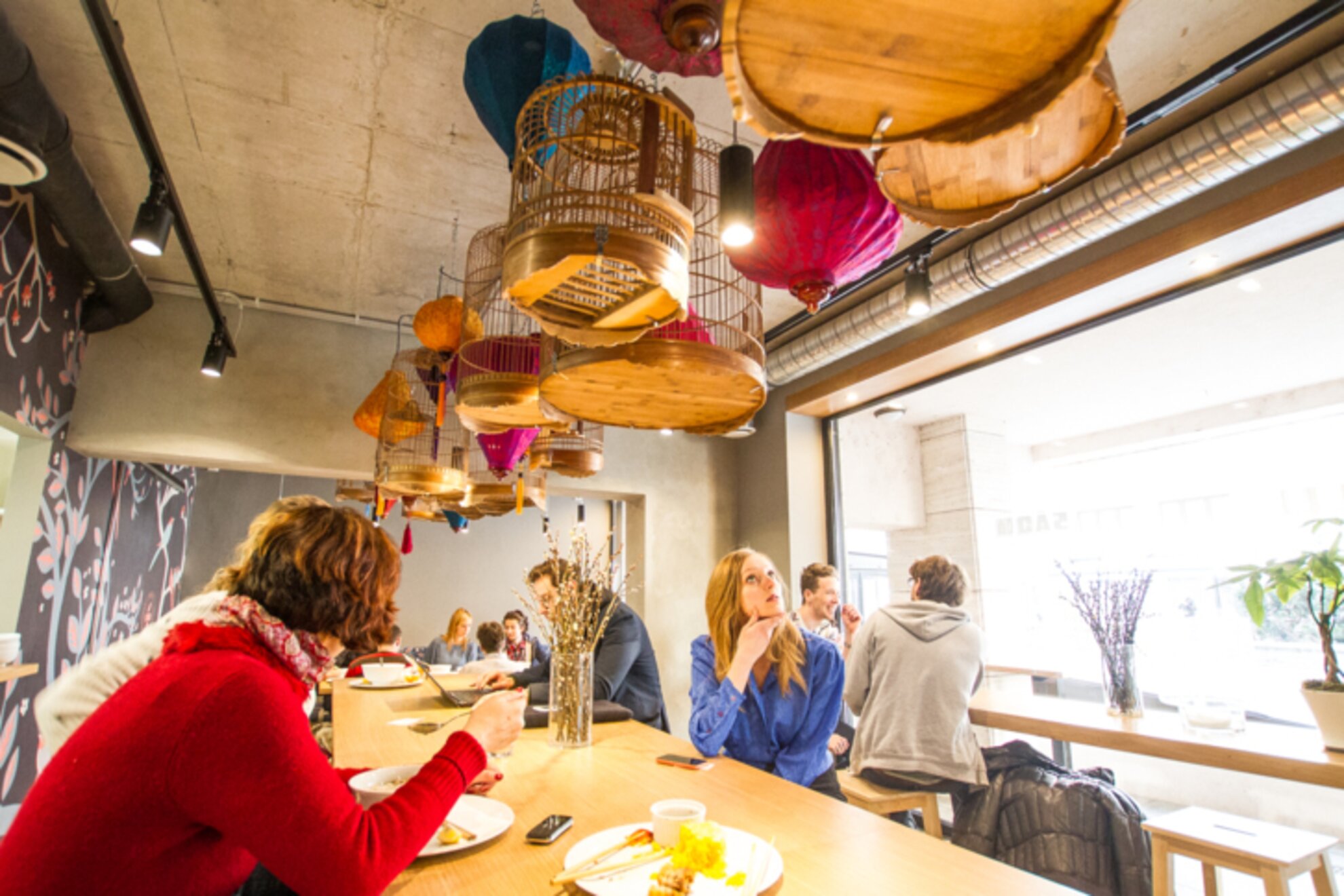
Fashion designer Anh Tuan appears as a familiar face, because he previously had an Asian restaurant on Andrássy Avenue, Madame Noi, and we were eagerly waiting to experience his continuing culinary efforts.
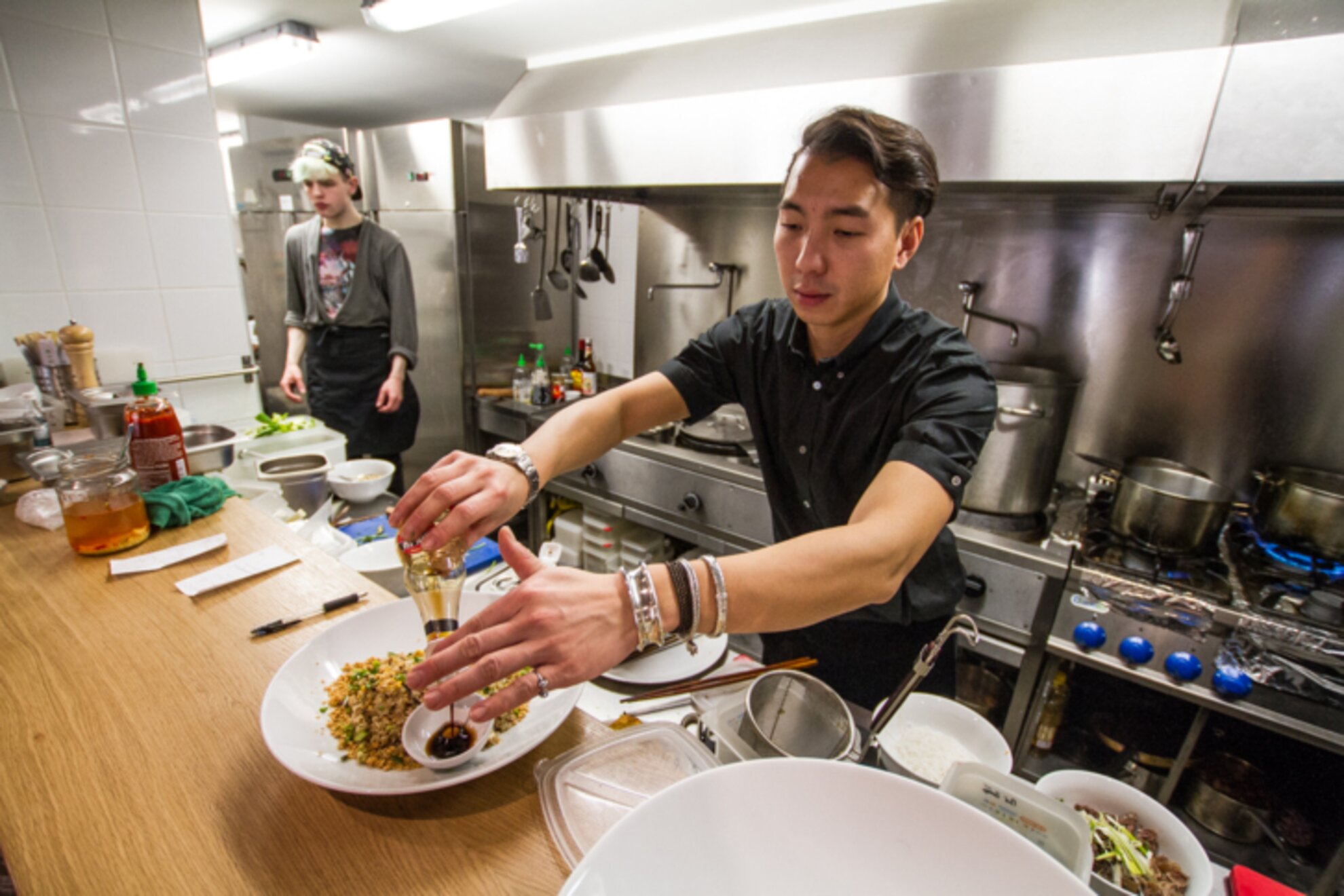
The place is so fresh that the menu is not even finalized yet. However, they still offer a variety of dishes that is wide enough for everyone to find what they are looking for. The menu lists Vietnamese and Chinese foods (various rolls, noodles, pho soups, salads and sweets, etc.), all of which stick to Asian traditions, both in terms of ingredients and recipes.
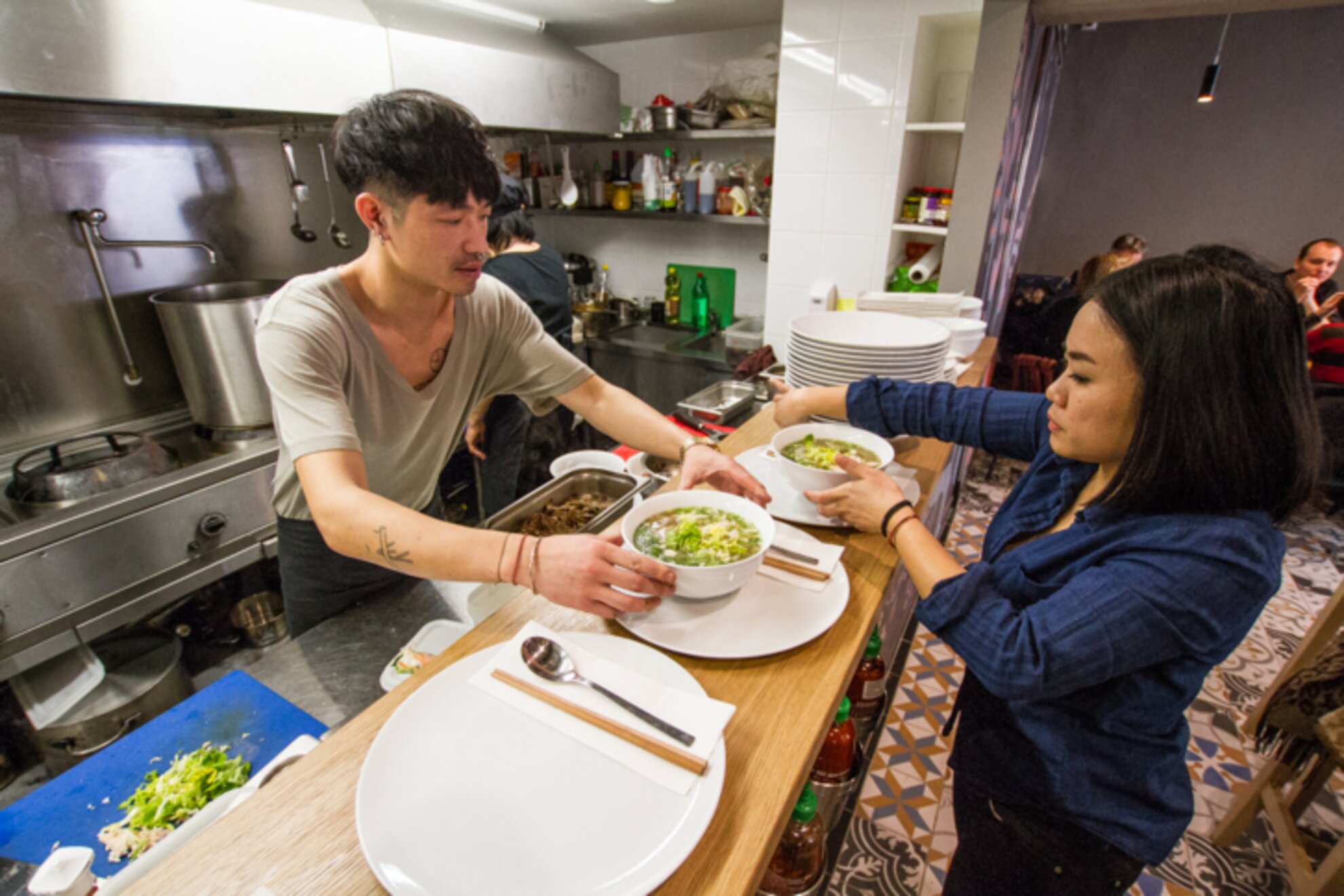
We tried a vegetarian pho (1,790 HUF), dumplings (1,390 HUF), wok vegetables (1,490 HUF), and Vietnamese coffee (1,250 HUF). While the prices do not exactly fall into the cheap category, we could not expect anything else from Gozsdu Udvar; as we can spend a greater amount here quite quickly at places just a few meters away. However, we enjoyed really delicious and filling dishes for our money, and so we can only say good things about the food.
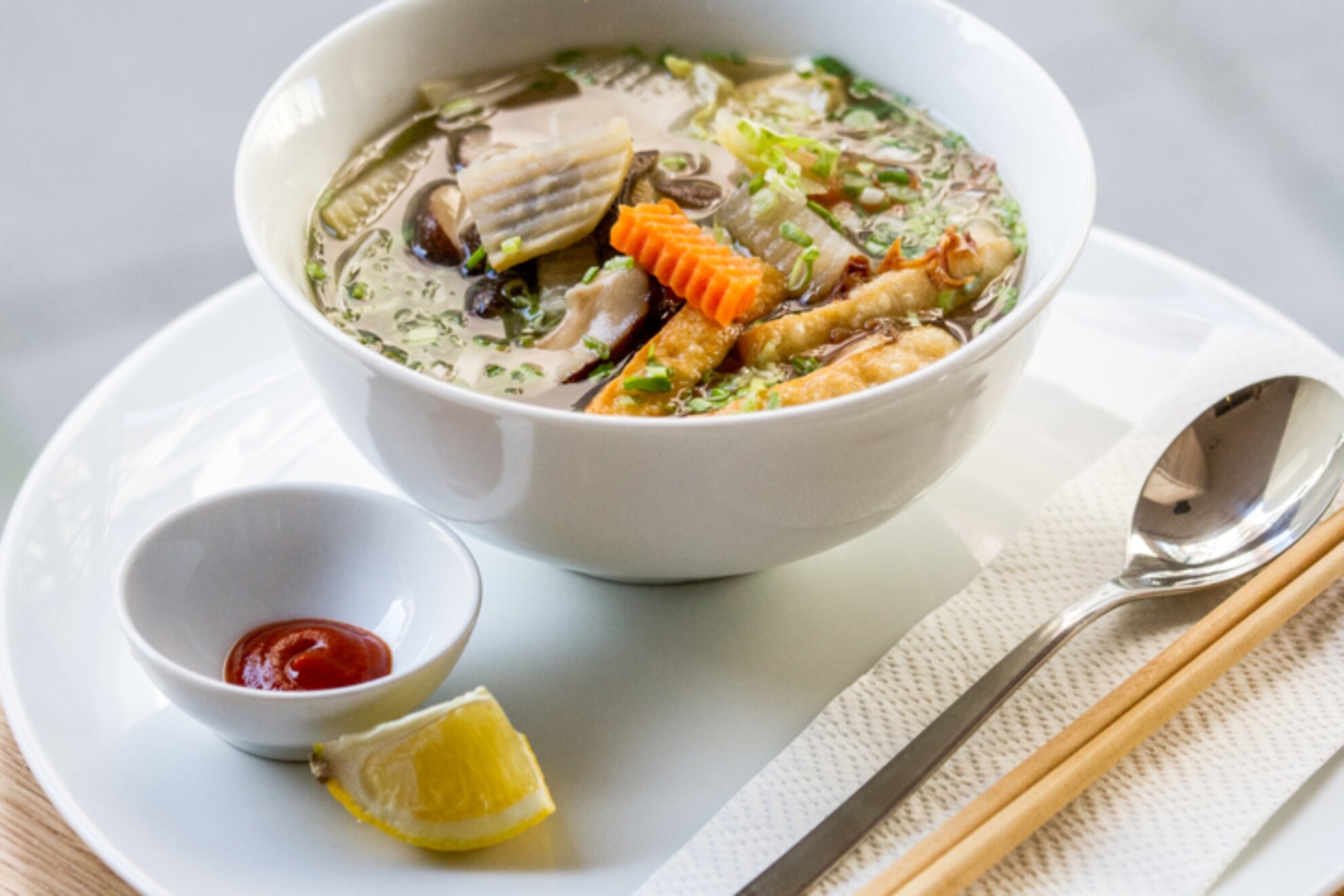
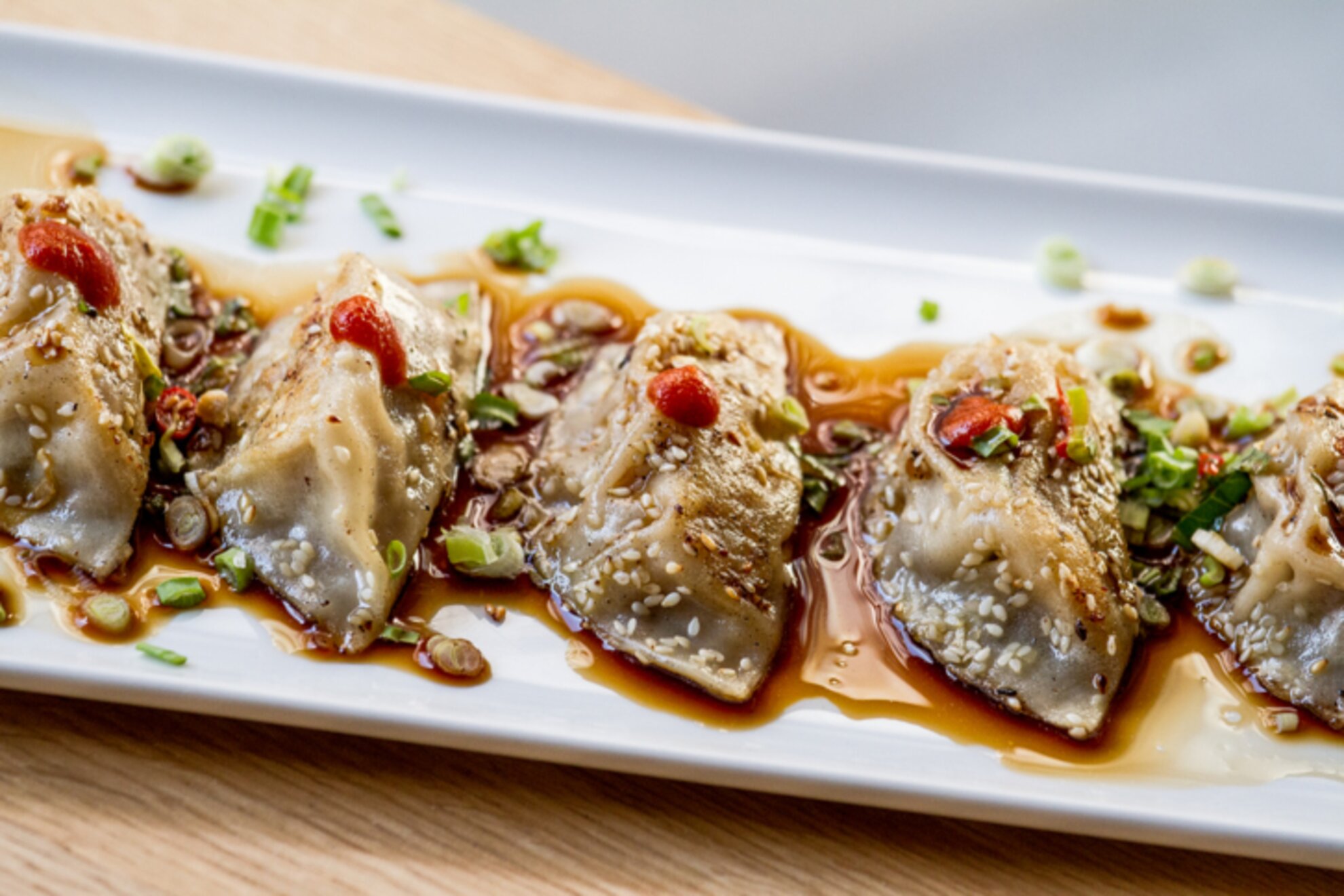
We asked whether they try to take Hungarian tastes into account, and received a negative reply. "We believe that what we like and would like to eat will be liked by others as well,” – said Nguyen Thuy Phuong, one of the Sáo哨 team members, who we could barely catch for a few words because the place was so busy.
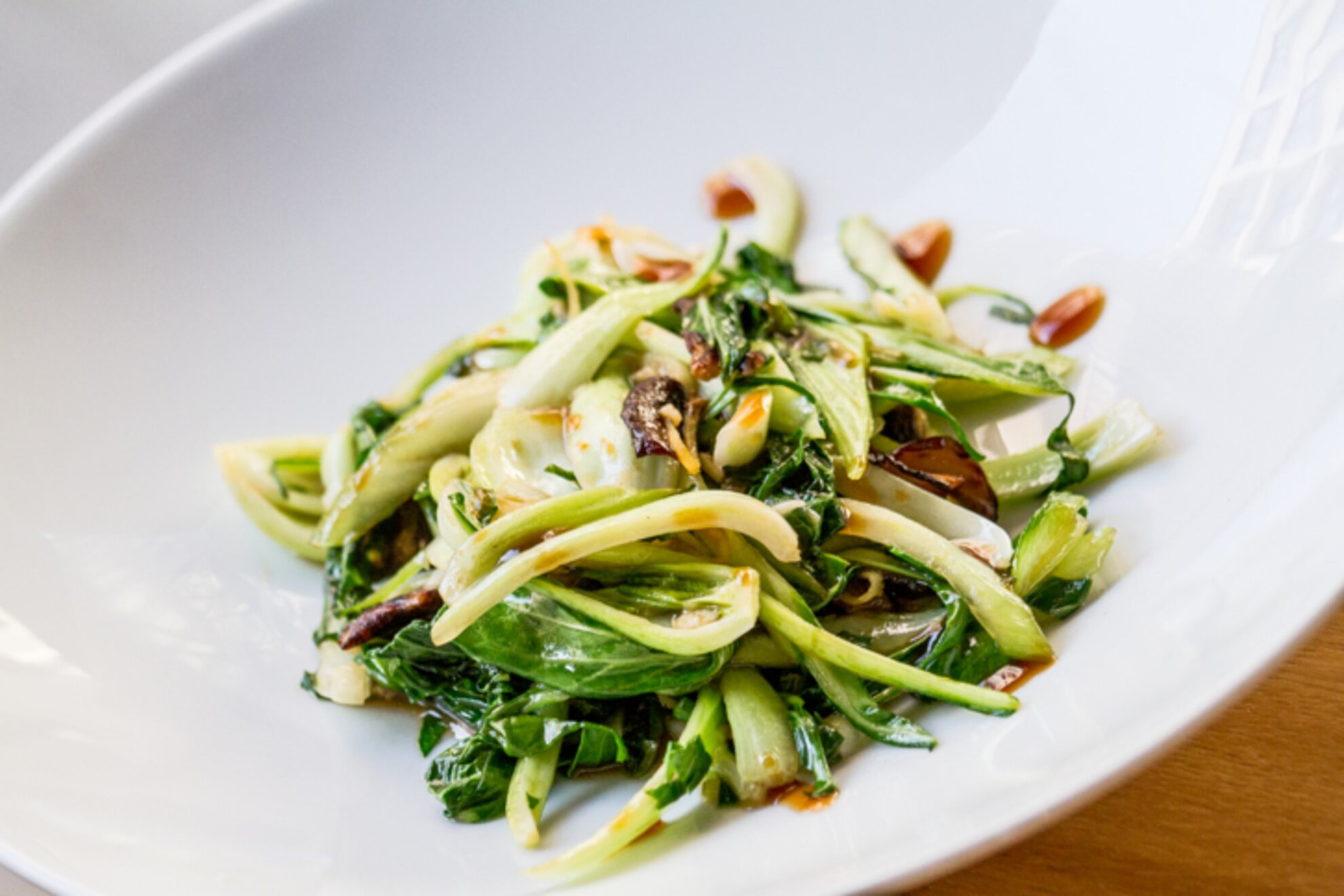
He also told us that the three of them operate the place (with the third member being Song Wang Tao), and they would like everything to work in the spirit of familiarity, love, and friendship. This theory seems to be a success: almost all of the guests talk freely with each other and the staff.
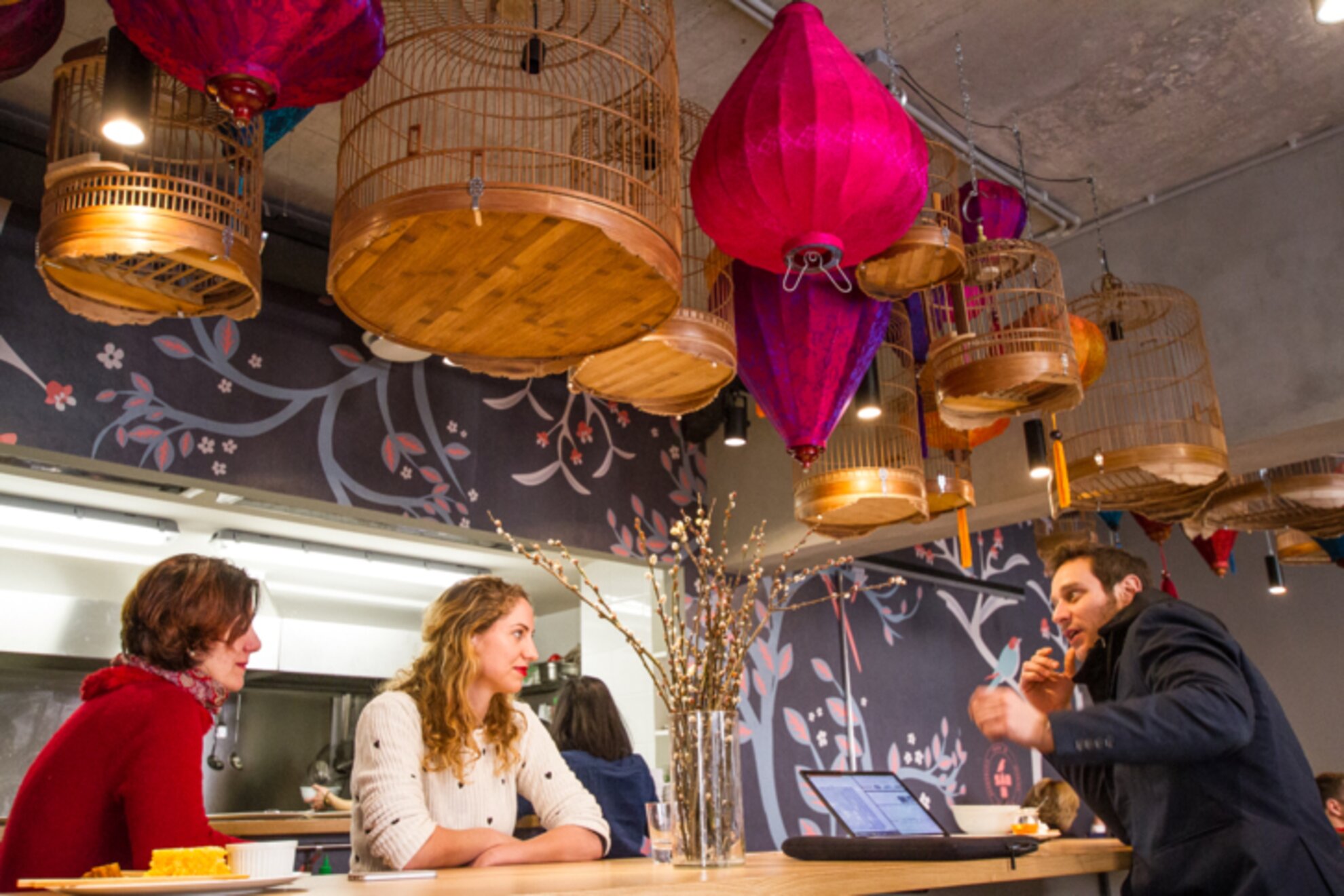
The meaning of the name Sáo哨 is supposed to reflect this mentality, as well: the expression means twittering, and since Vietnamese people often keep birds as pets, this refers to a family environment and togetherness. We could not figure this out on a linguistic level, so instead we decided to believe the staff, and be satisfied for getting an explanation for the birdcages hanging from the ceiling. Oh, and the symbol next to Sáo (哨) means the same, only in Chinese.
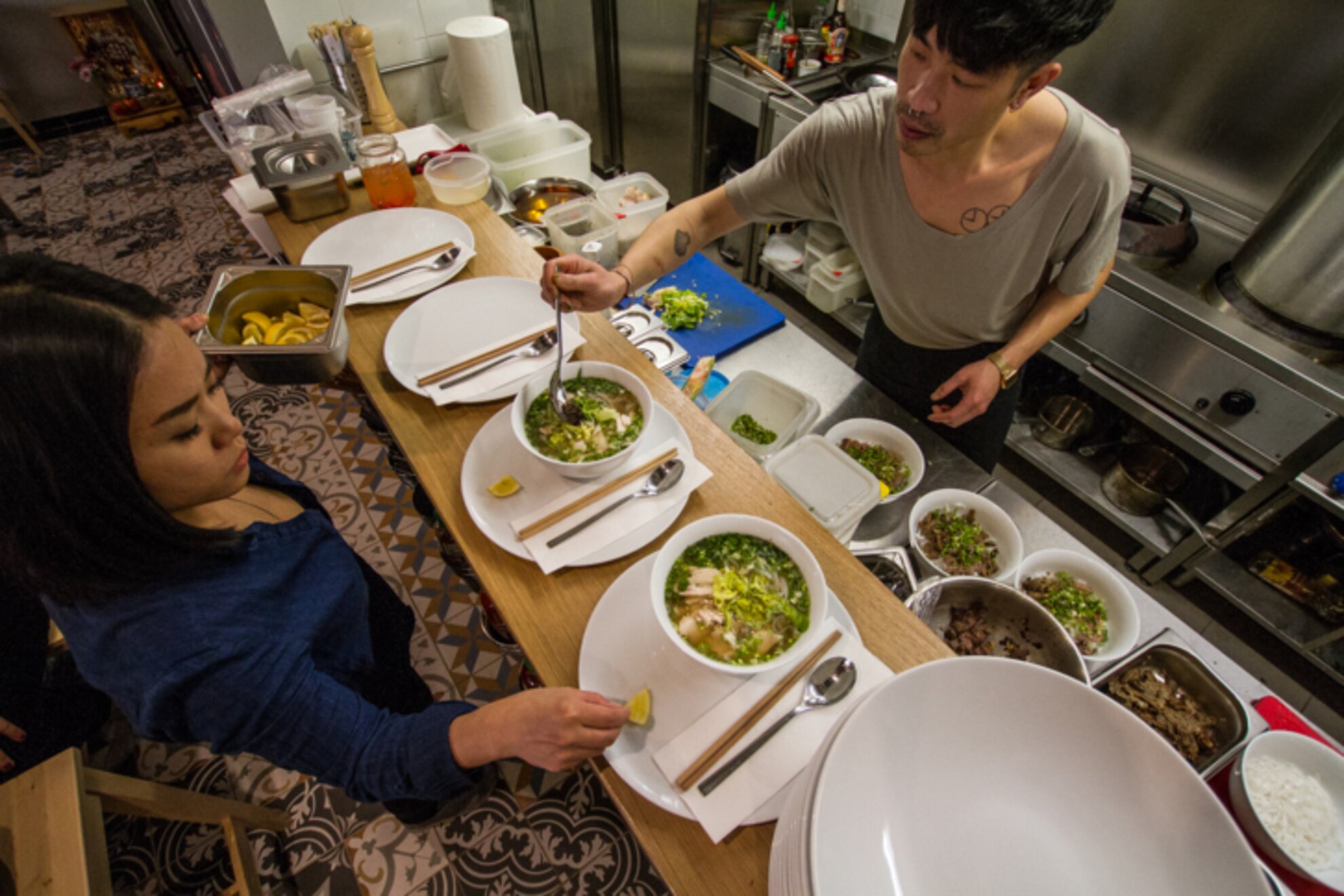
Most of the decorations follow this bird theme as well; the drawings on the walls portray the four seasons, each of them with a type of flower and bird. Personally, we really like the interior design – finally something that does not follow the usual, overly minimal design we see everywhere nowadays.
